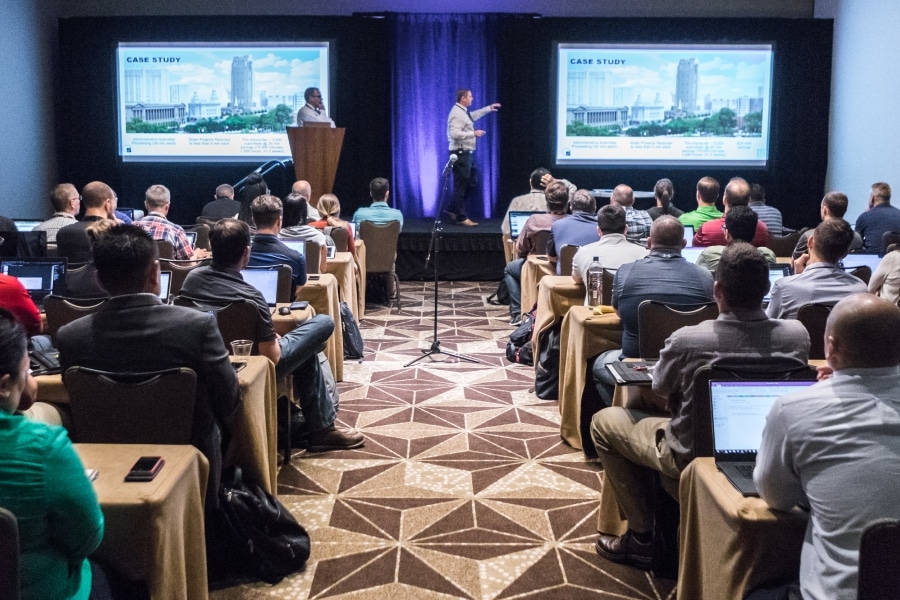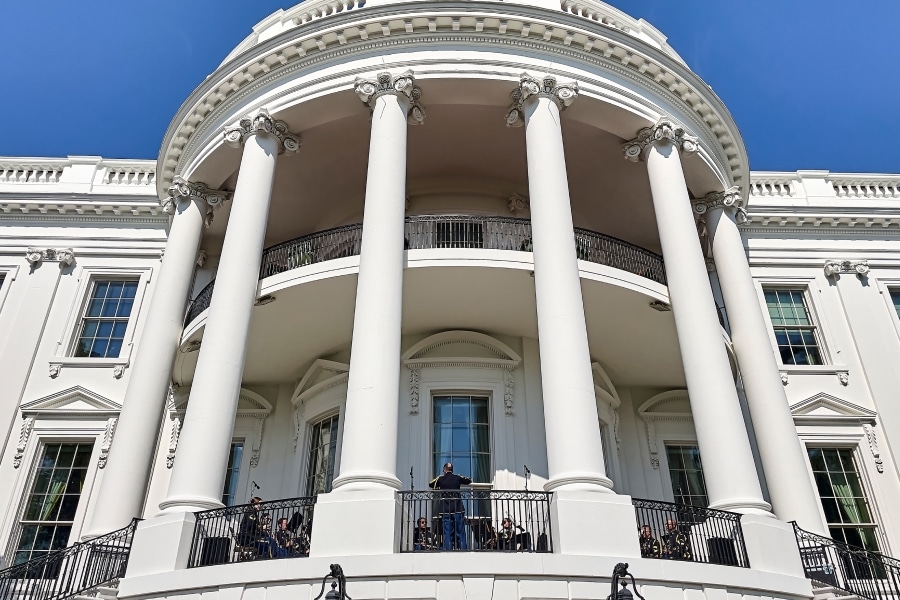San Diego may be known as a surfer’s paradise, but with this beach town’s vibrant event spaces, historic literary landmarks and bustling border crossing, the city will motivate any architectural enthusiast to catch more than a wave. Join Built, The Bluebeam Blog, as we discover five examples of San Diego’s iconic architecture.
Hotel del Coronado: This beach resort has hosted many notable guests such as Thomas Edison, Marilyn Monroe and 12 U.S. presidents. When it opened in 1888 under the supervision of architect James W. Reid, the hotel was the largest resort in the world. While it is one of the last remaining examples of the American Victorian wooden beach resorts, it has been continuously updated with modern amenities, including a $400 million renovation in 2019. Although it’s technically located across the bay in Coronado, “The Del” is a stunning San Diego landmark.
San Diego Convention Center: Designed by architect Arthur Erickson in the 1980s, the twice remodeled convention center hosts around 143 massive events each year, including the epic Comic-Con festival. The center boasts several distinctive features, including an inclined elevator and the central “Sails Pavilion,” a 90,000-square-foot enclosed pavilion with enormous fiberglass sails in the roof that pay homage to San Diego’s maritime history. Despite its 2.6 million square feet, the convention center is only the 24th largest in North America, but it still manages to entertain and inform more than 800,000 attendees a year.
Casa de Estudillo: Built in 1827 by José Maria Estudillo and his son, José Antonio Estudillo, this historic house gained fame thanks to its association with the popular novel Ramona, a blockbuster literary hit published in 1884. The house was restored twice—once in 1910 by pioneering female architect Hazel Wood Waterman and again in 1968 under the supervision of the Parks Service. Once considered one of the finest houses in Mexican California, it is now both a National and California State Historic Landmark and remains a popular destination within Old Town San Diego.
Balboa Park: This 1,200-acre historic urban cultural park is considered by many to be the primary attraction of the San Diego region. Although it was created in 1835 as a public recreation park, in the early 1900s the mostly wild space was converted to host a 1915 expo to celebrate the opening of the Panama Canal. Today, in addition to its open spaces, green belts and walking paths, Balboa Park is home to 15 museums, 17 formal gardens and around 32 other attractions and venues, including historic houses and theaters, sporting facilities and the world-famous San Diego Zoo.
San Ysidro Port of Entry: This is the largest land border crossing between San Diego and Tijuana and fourth busiest in the world, operating since the early 20th century. Each day, approximately 70,000 vehicles and 20,000 pedestrians cross from Mexico to the US using 25 vehicle and 15 pedestrian lanes, with notorious commute times as long as five hours. It was renovated and redesigned by architecture firm The Miller Hull Partnership as “The Port of the Future,” with an inspection canopy covered in ETFE and PV panels to minimize heat and sun glare as well as 38 additional tandem vehicle inspection booths to increase efficiency.











